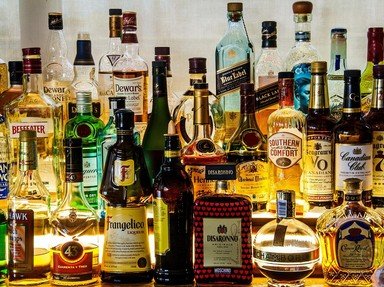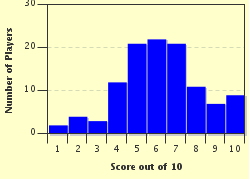Quiz Answer Key and Fun Facts
1. Lets start out with the obvious, what is the definition of zymurgy?
2. Fermentation converts sugar into what?
3. Who first connected yeast to fermentation in 1857 and is considered the first zymologist? He also had something to do with milk.
4. There is actually a magazine named ZYMURGY in the United States. Which organization publishes the magazine?
5. Which of the following is not needed for the fermentation process to begin?
6. Yeast goes through three stages in the process of brewing. Which one of these is not a stage of that cycle?
7. There are two main subtypes of yeast (Saccharomyces cerevisiae) used for brewing beer, can you name them?
8. Which is not a strain of yeast (Saccharomyces cerevisiae) used for making wine?
9. Which wine yeast strain is best used for soda making (root beer, ginger beer and other carbonated sodas - yes, you can use yeast in making these)?
10. What sugar (fruit or grain) is used for brewing mead?
Source: Author
gshorey
This quiz was reviewed by FunTrivia editor
WesleyCrusher before going online.
Any errors found in FunTrivia content are routinely corrected through our feedback system.


